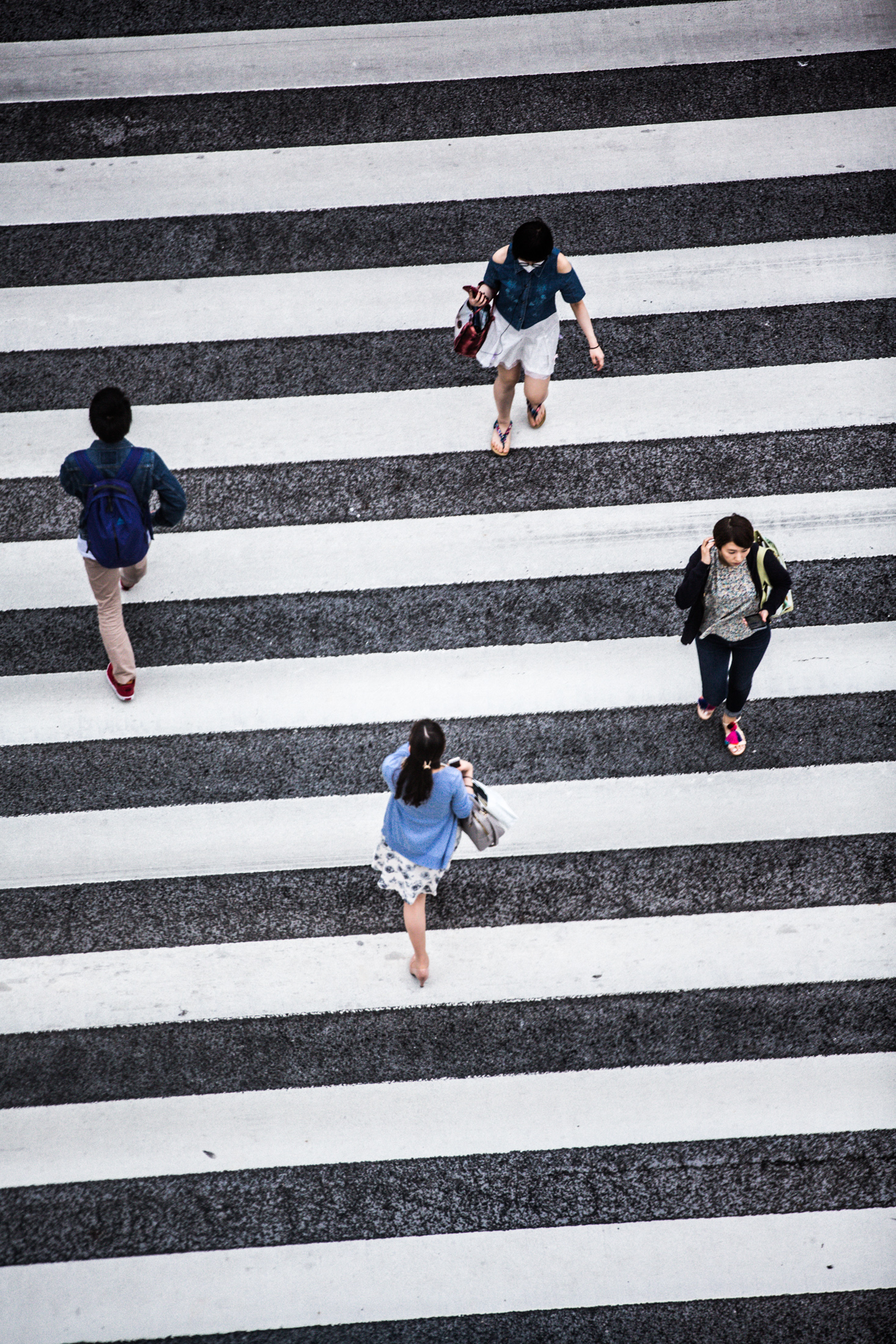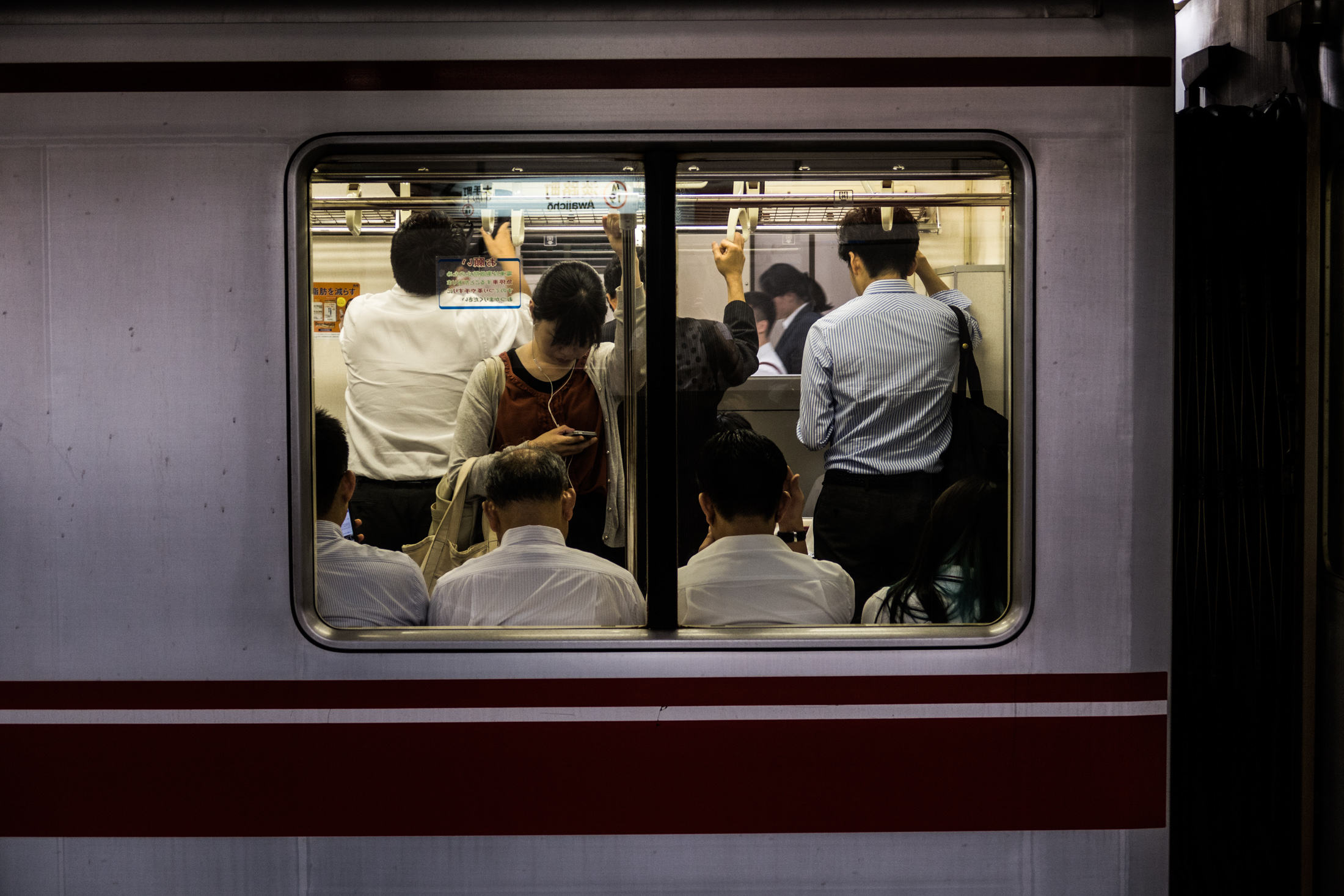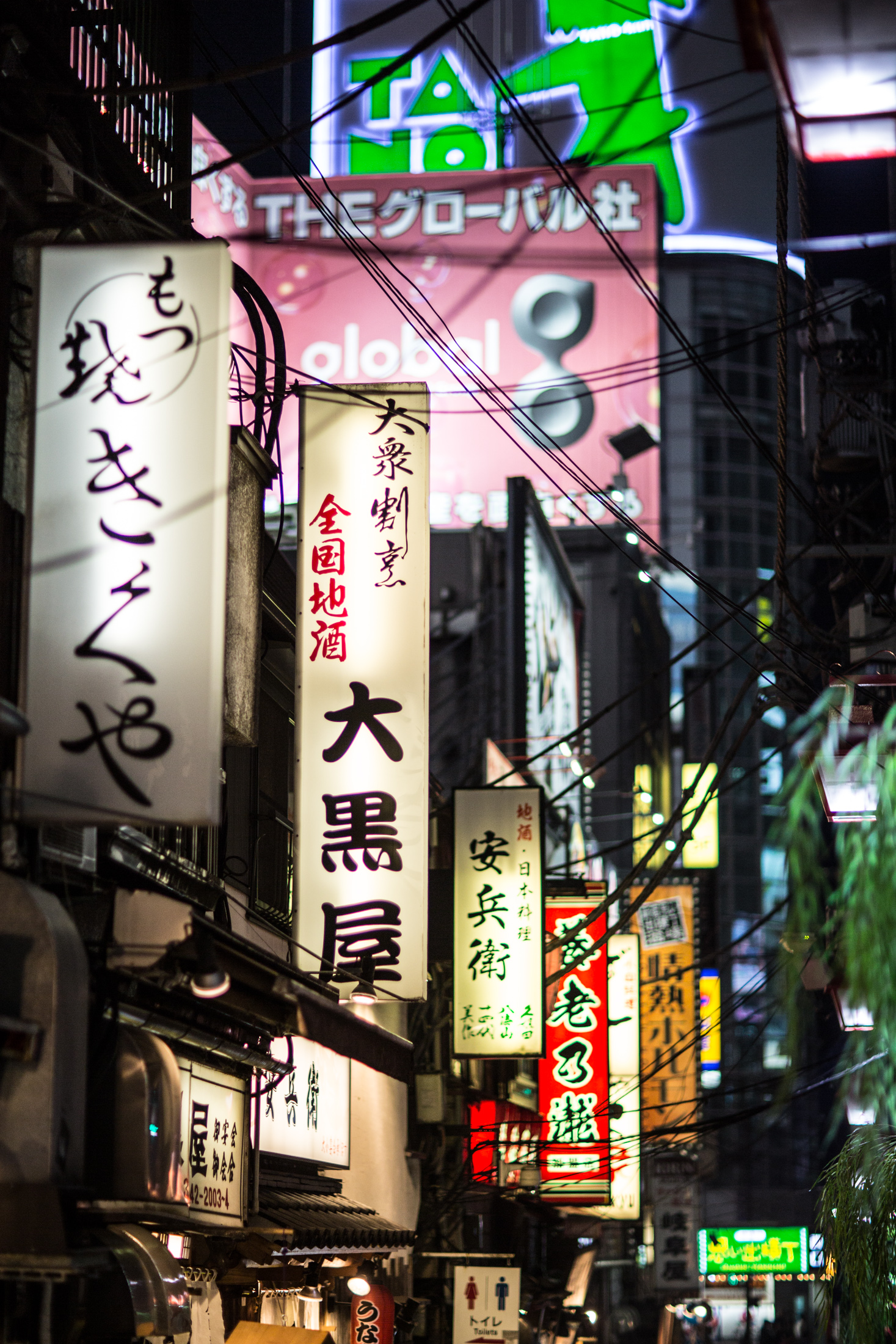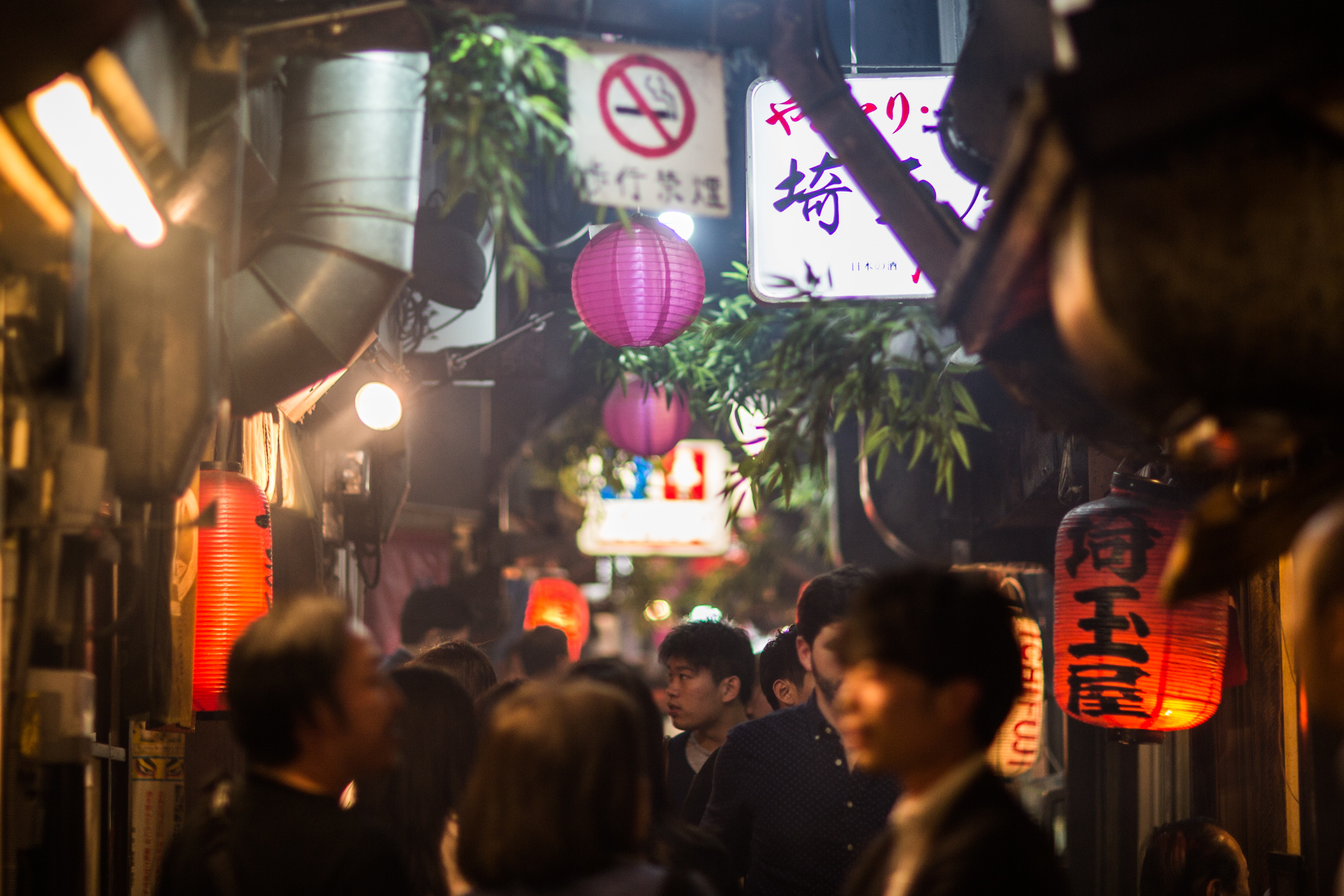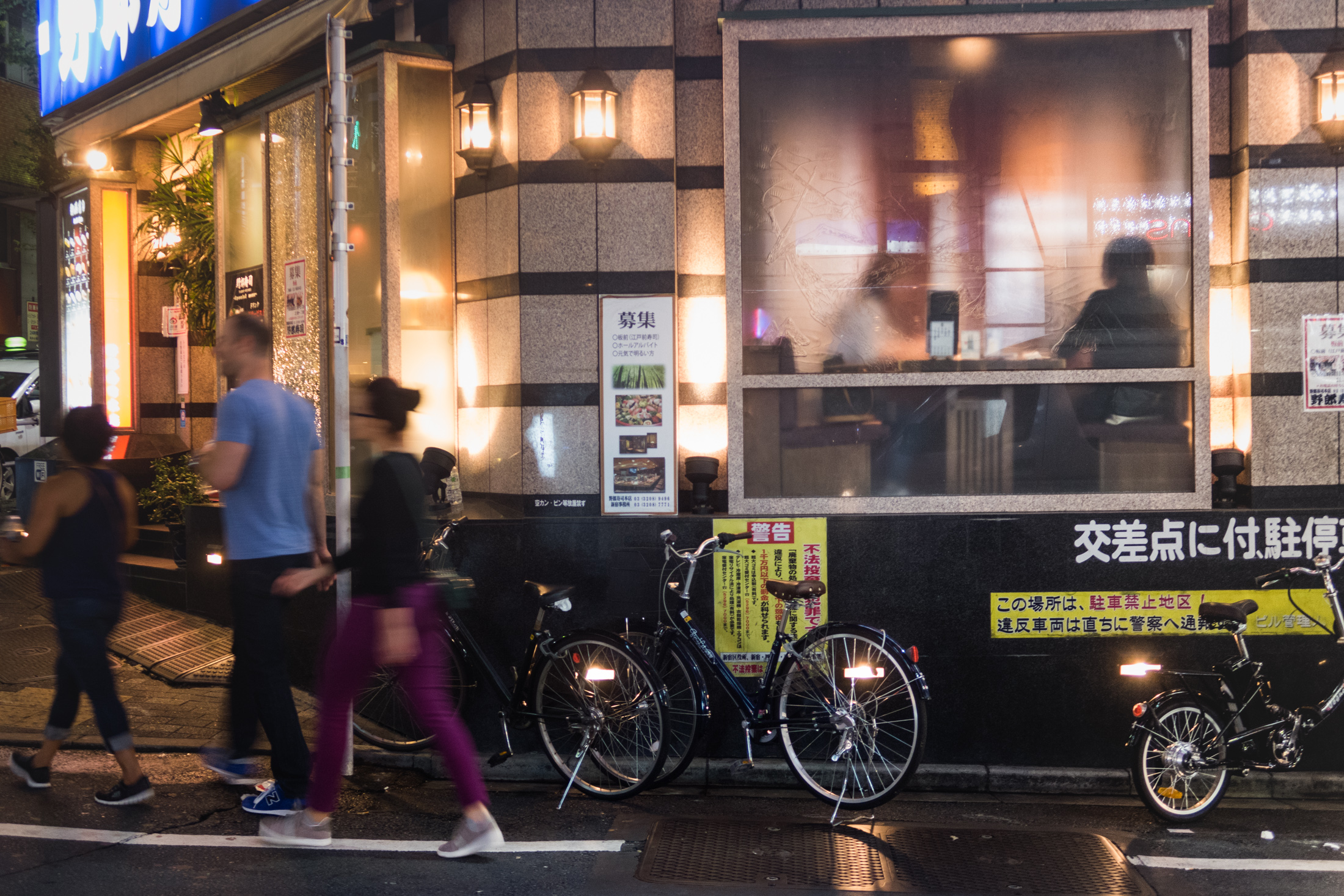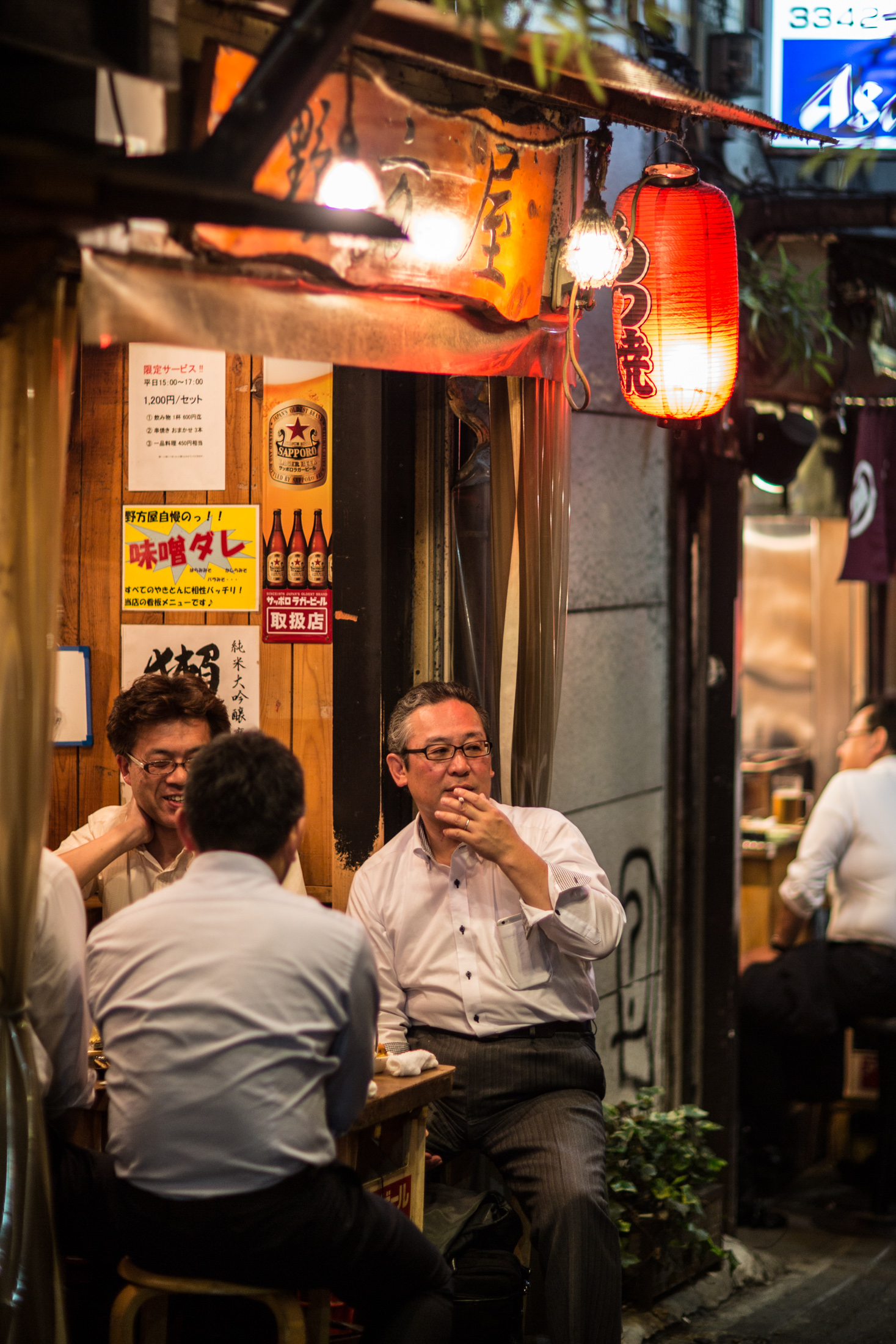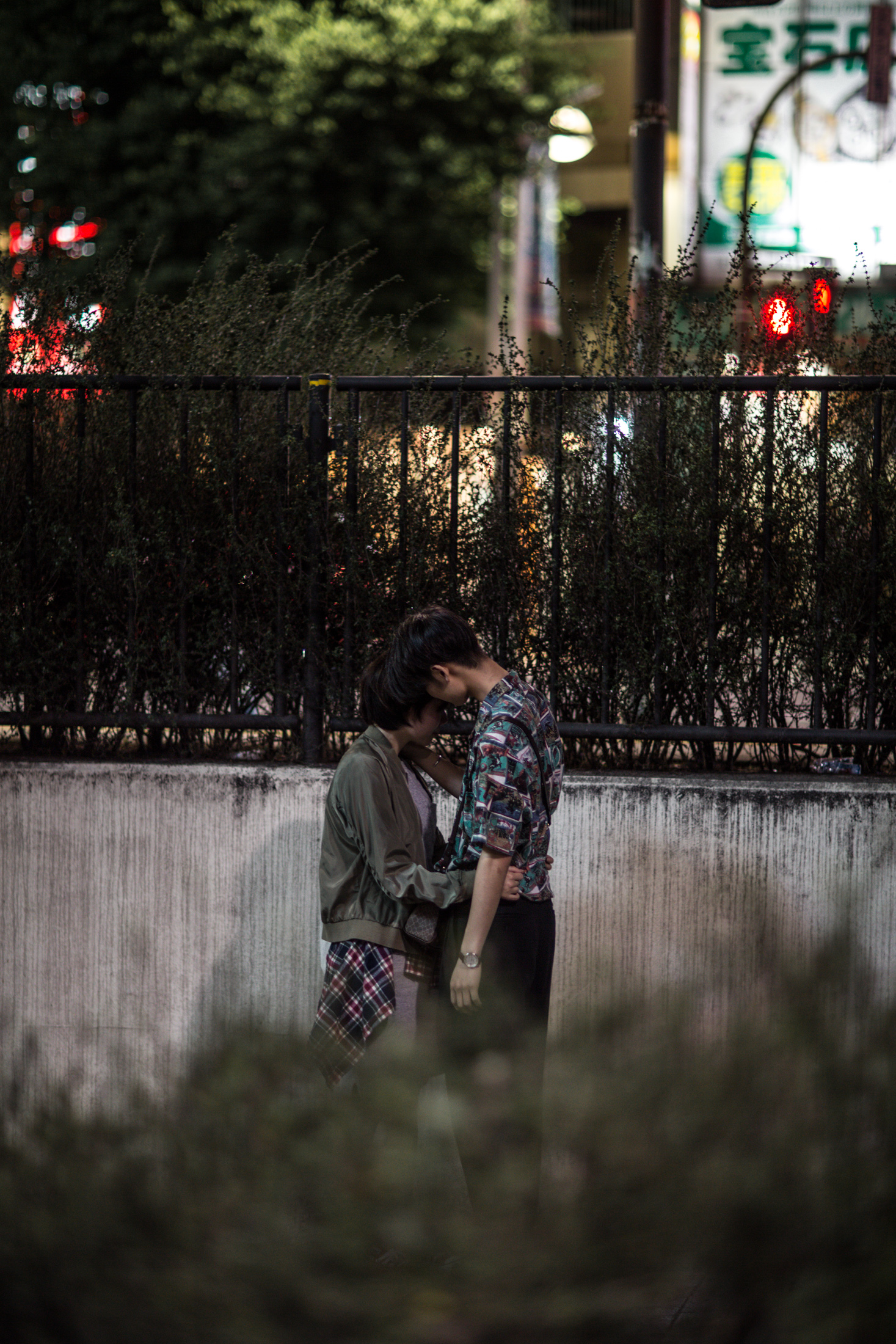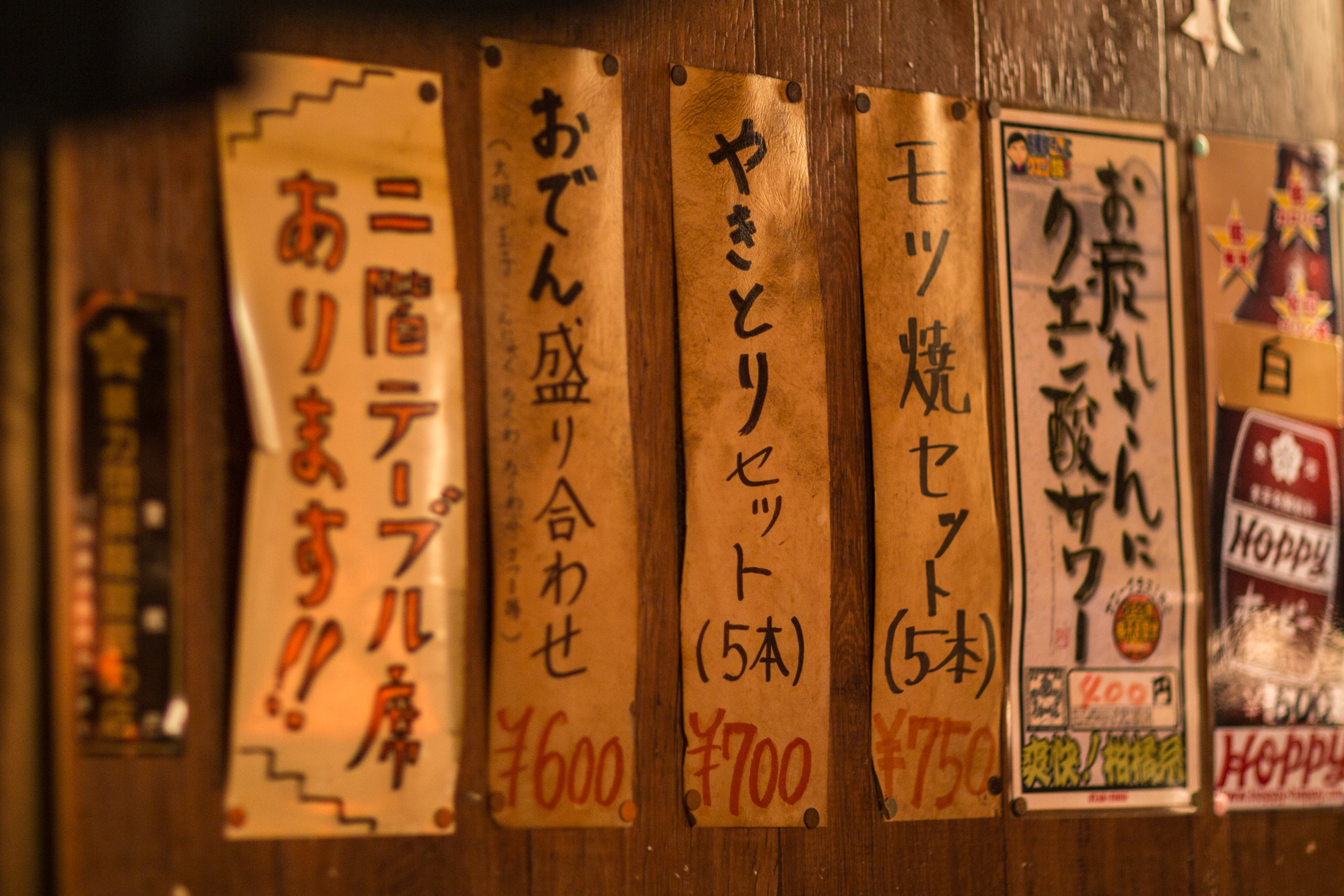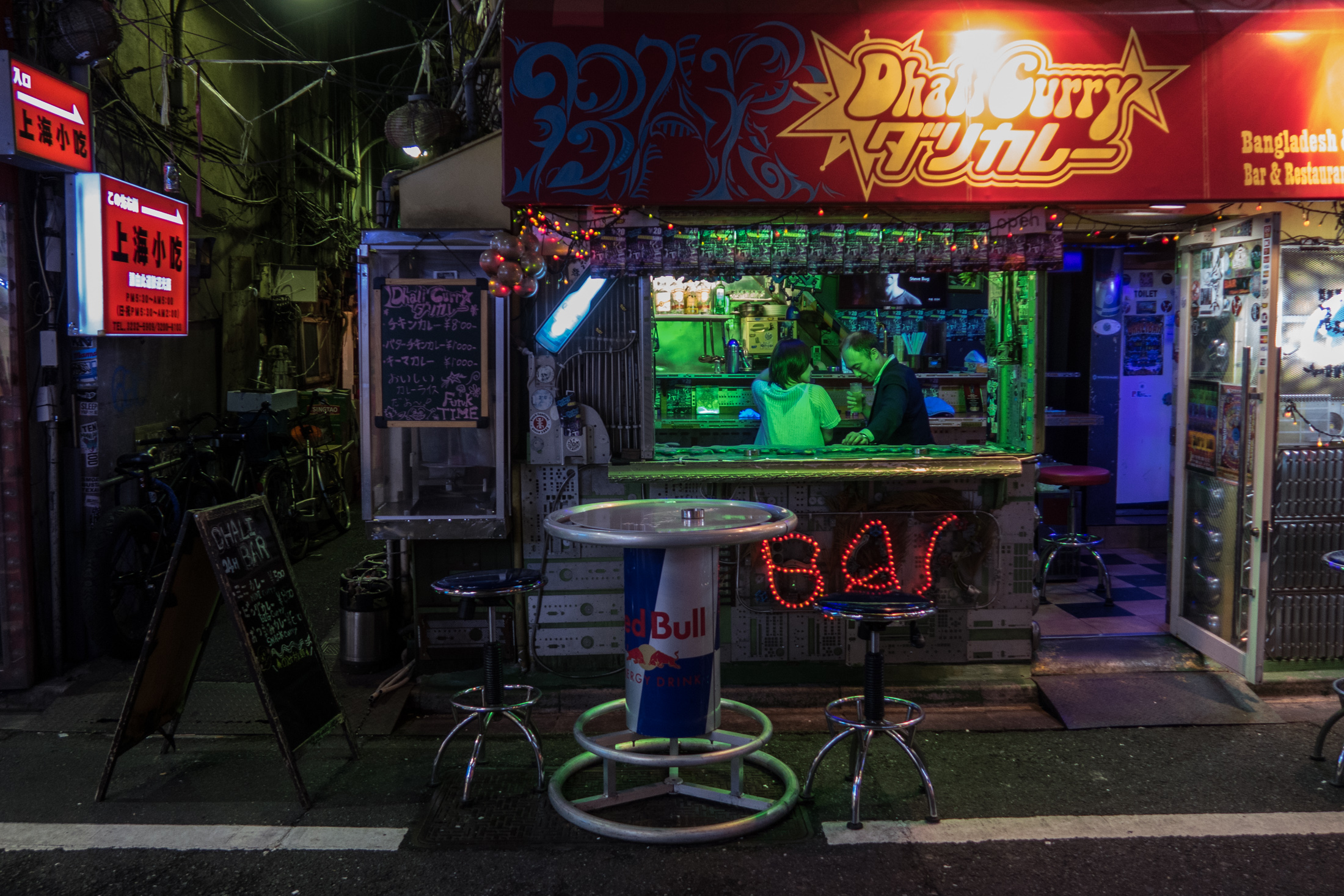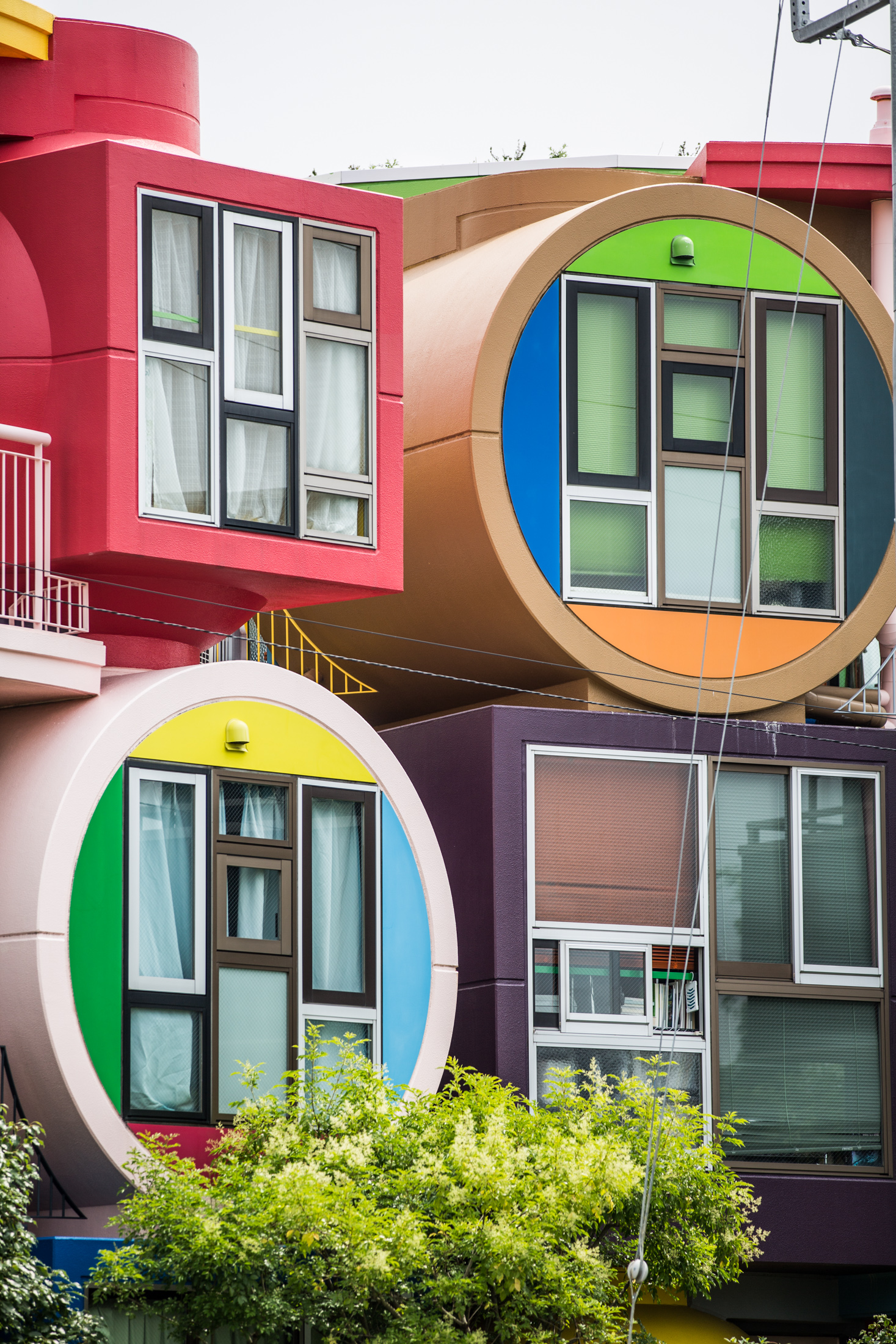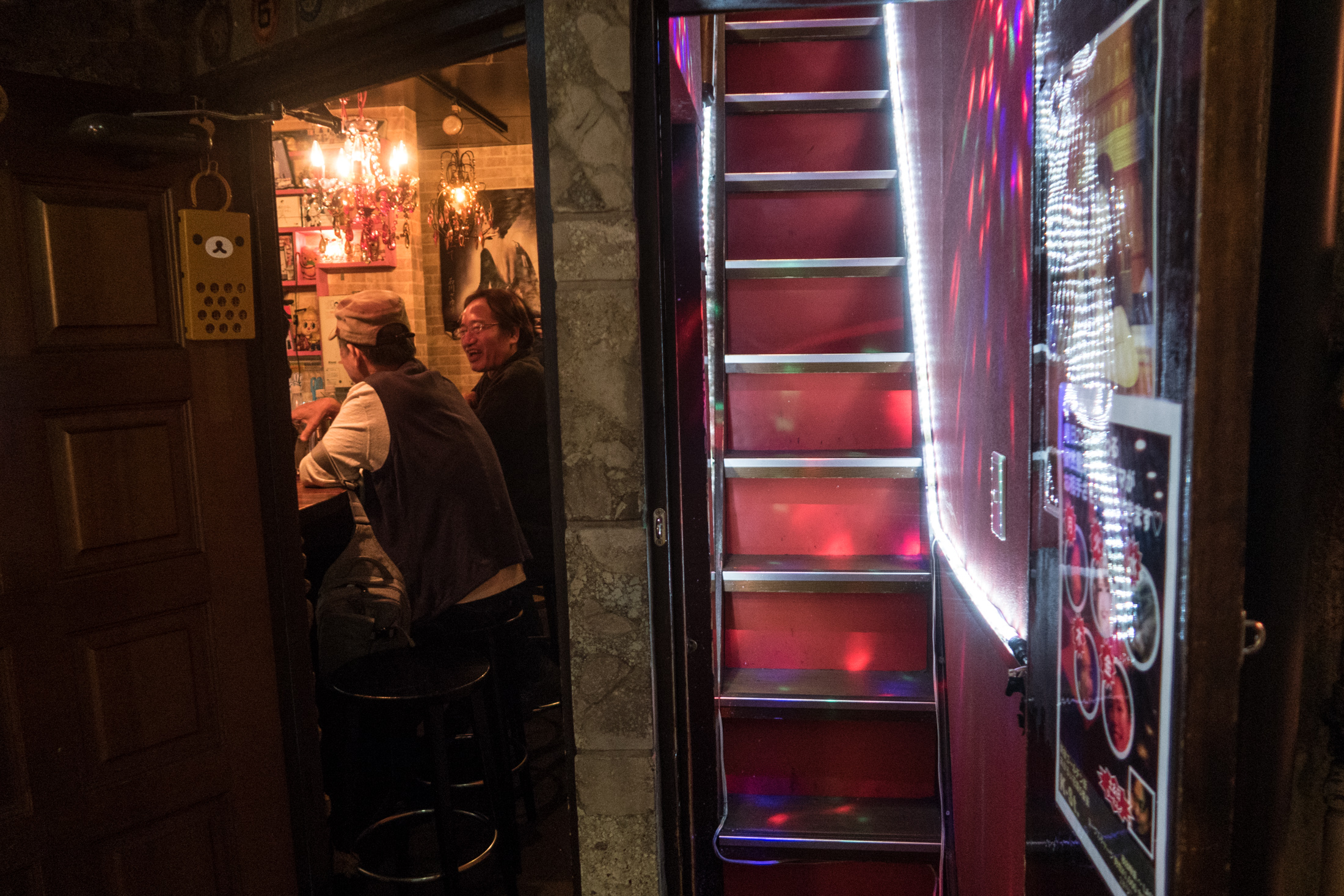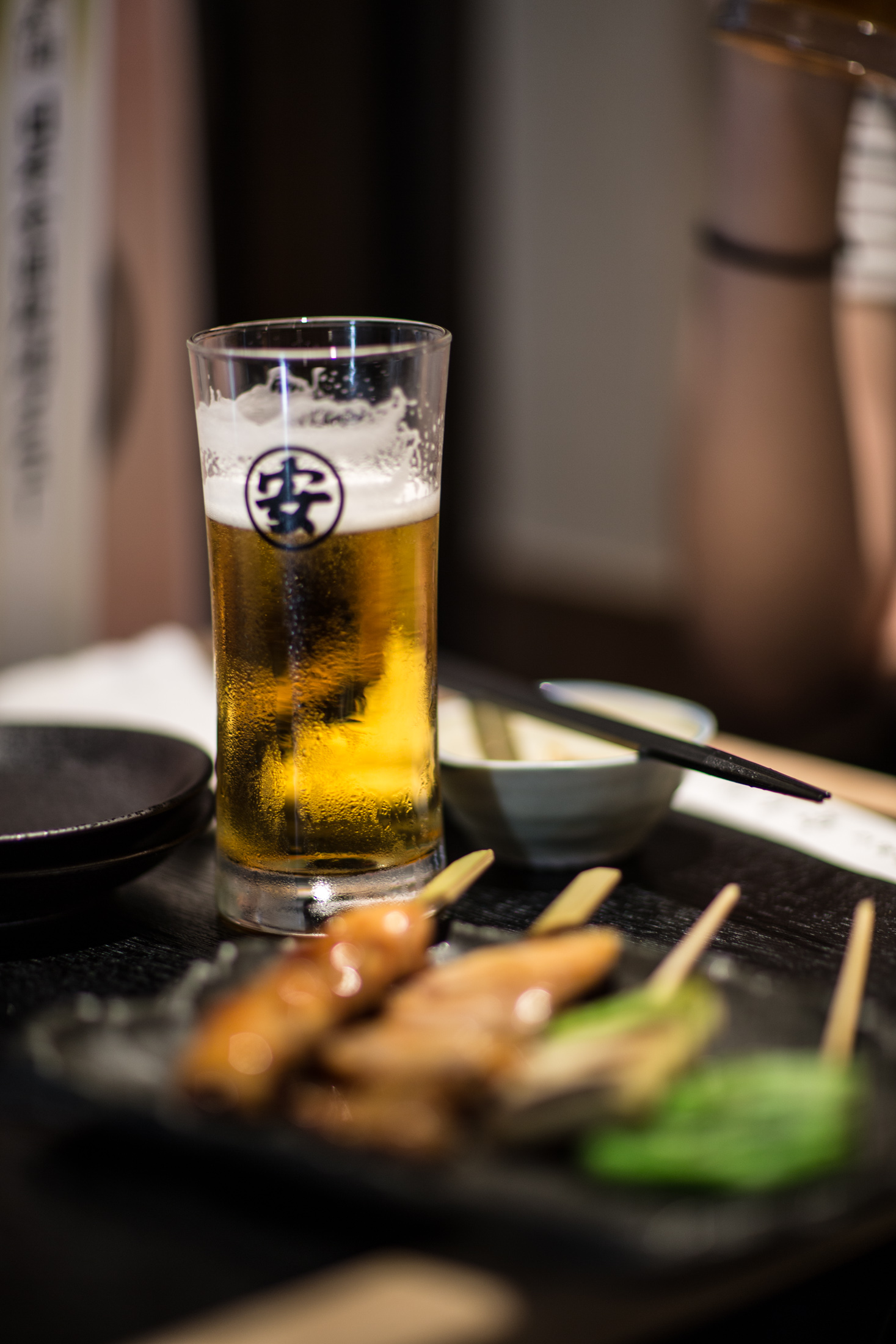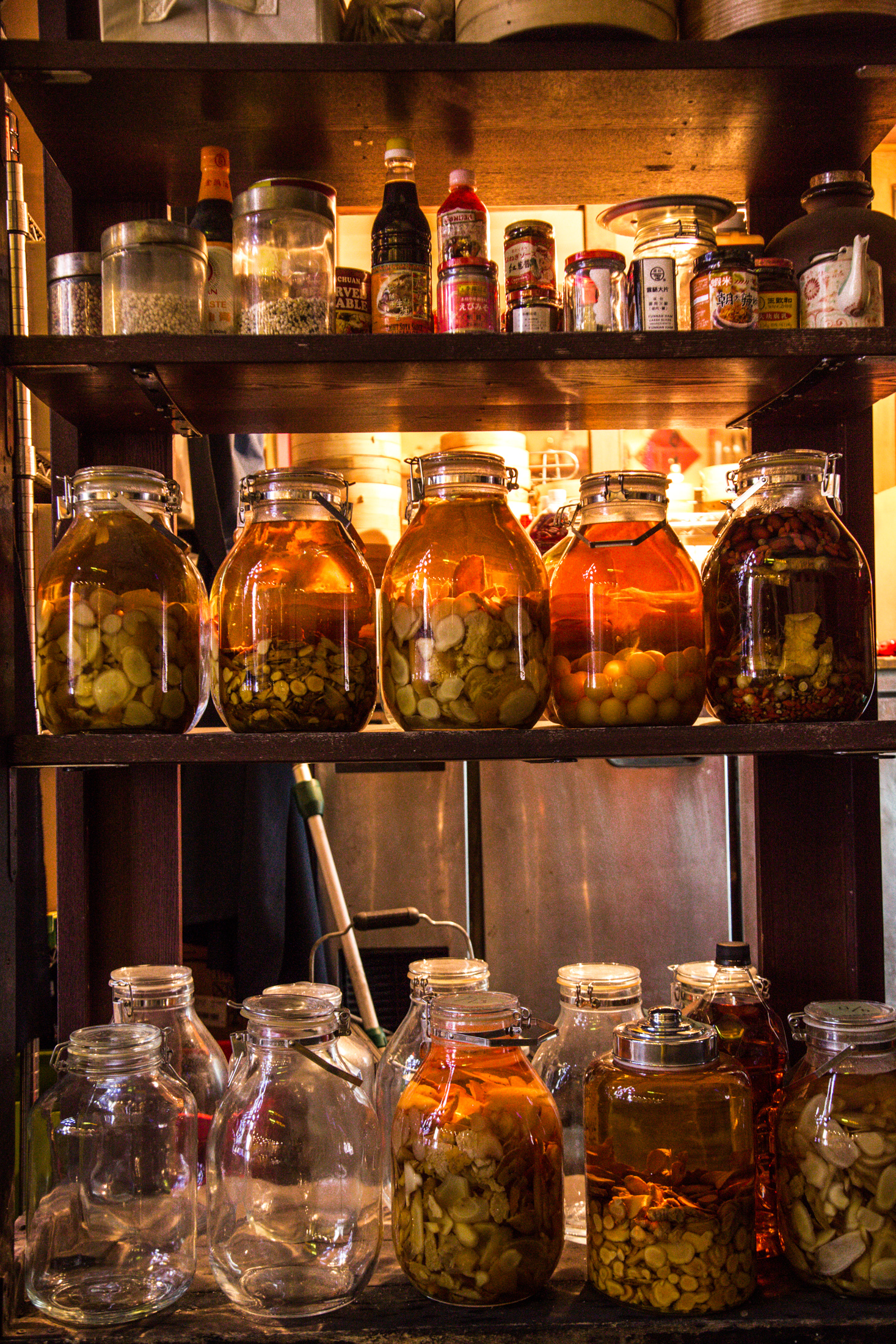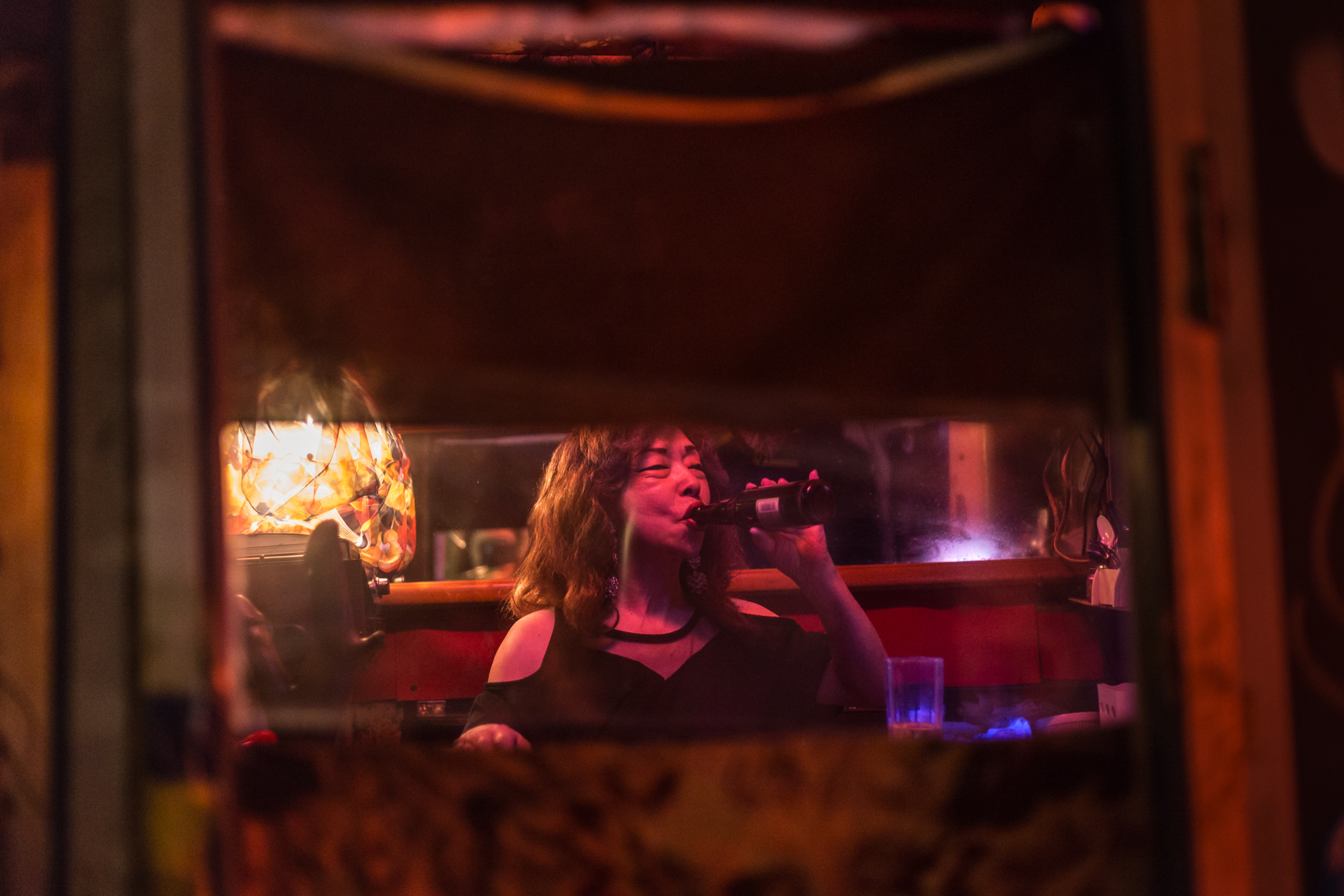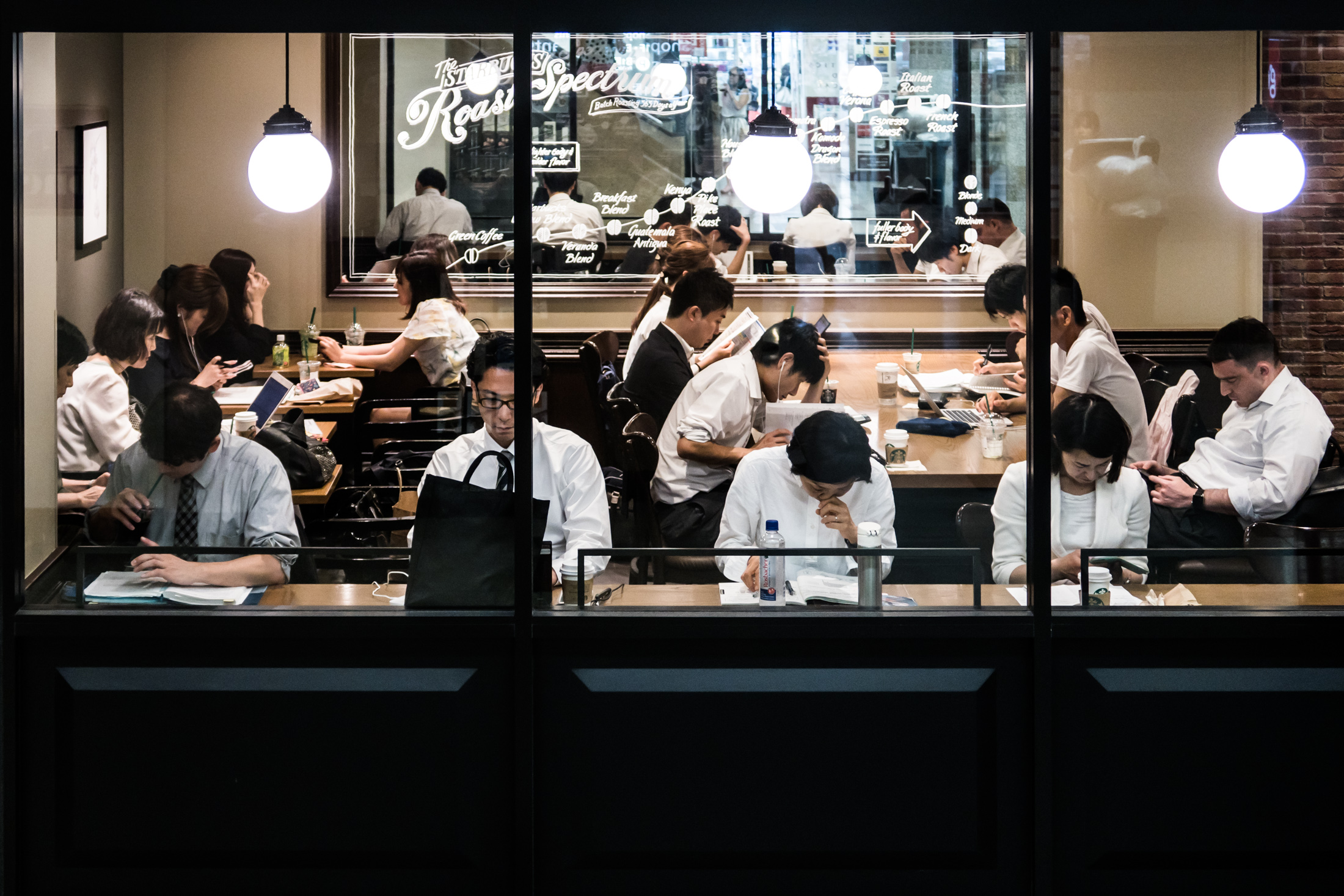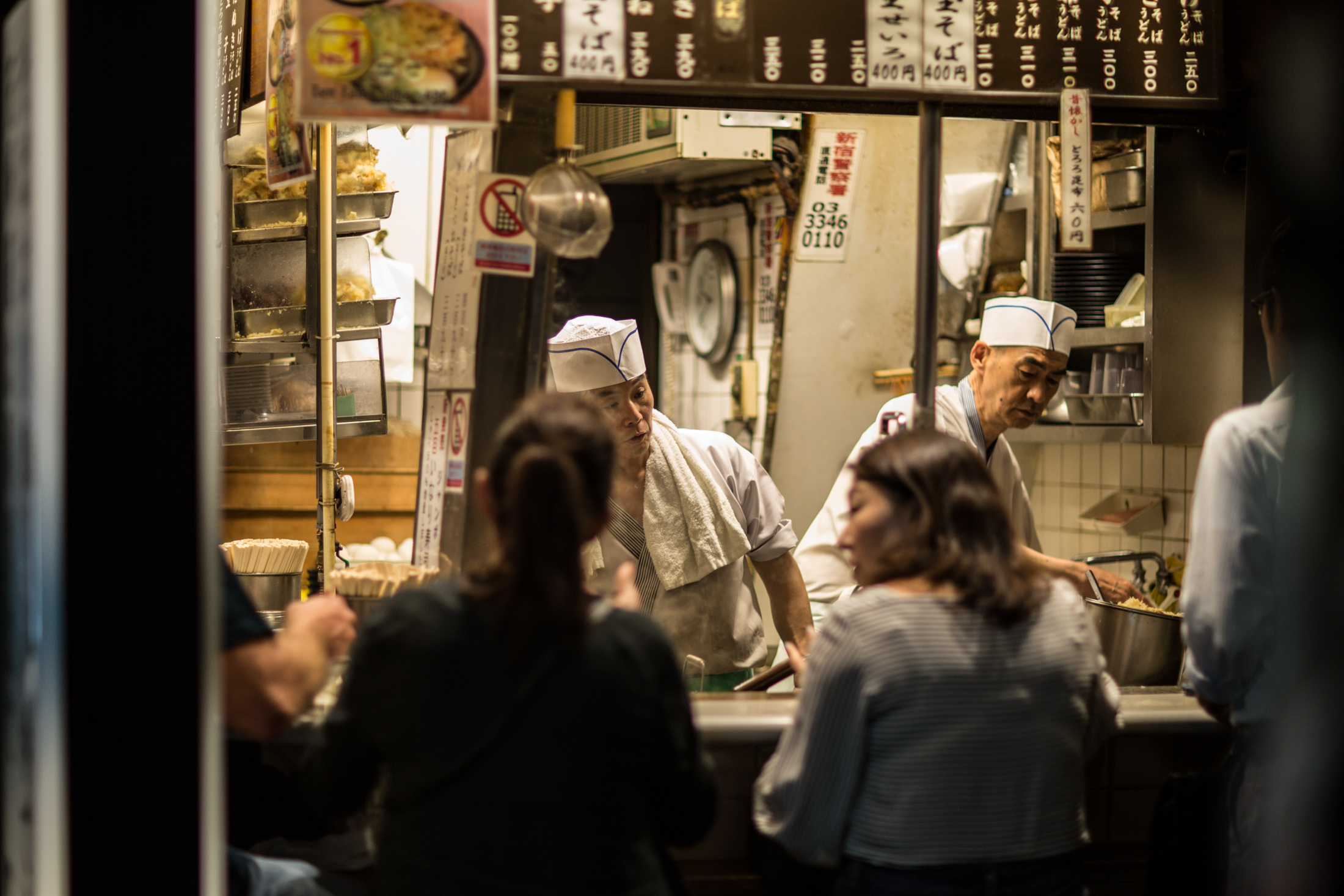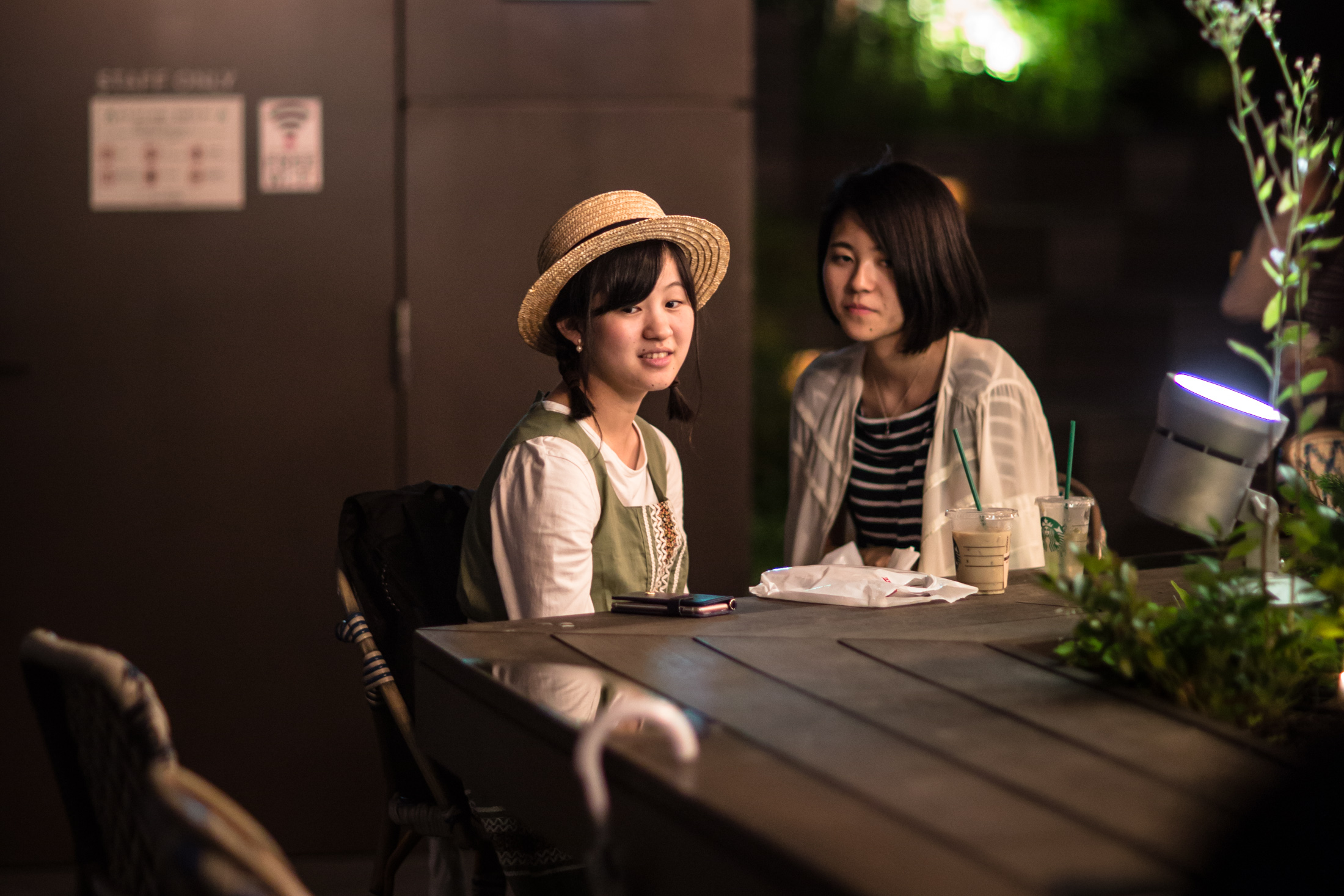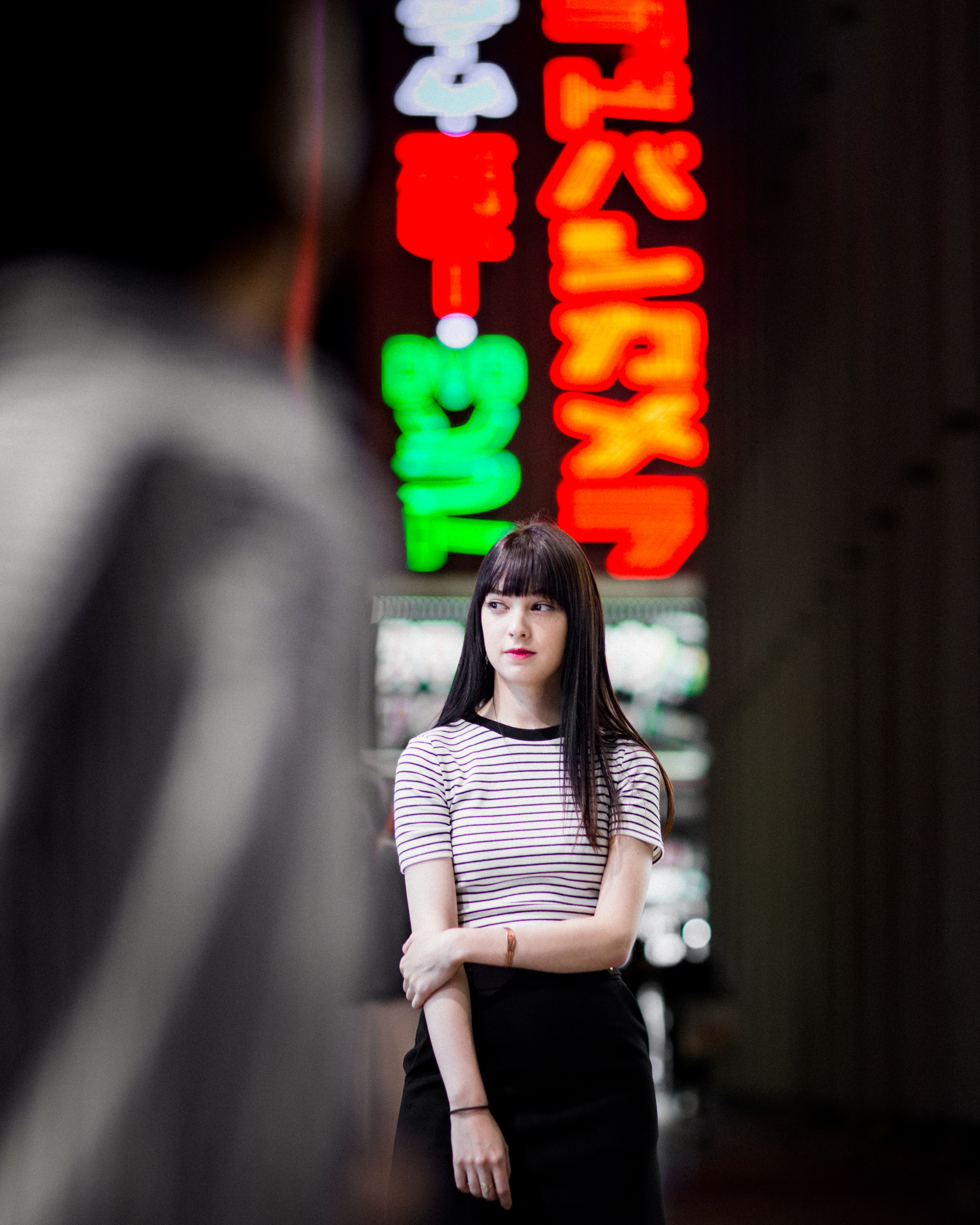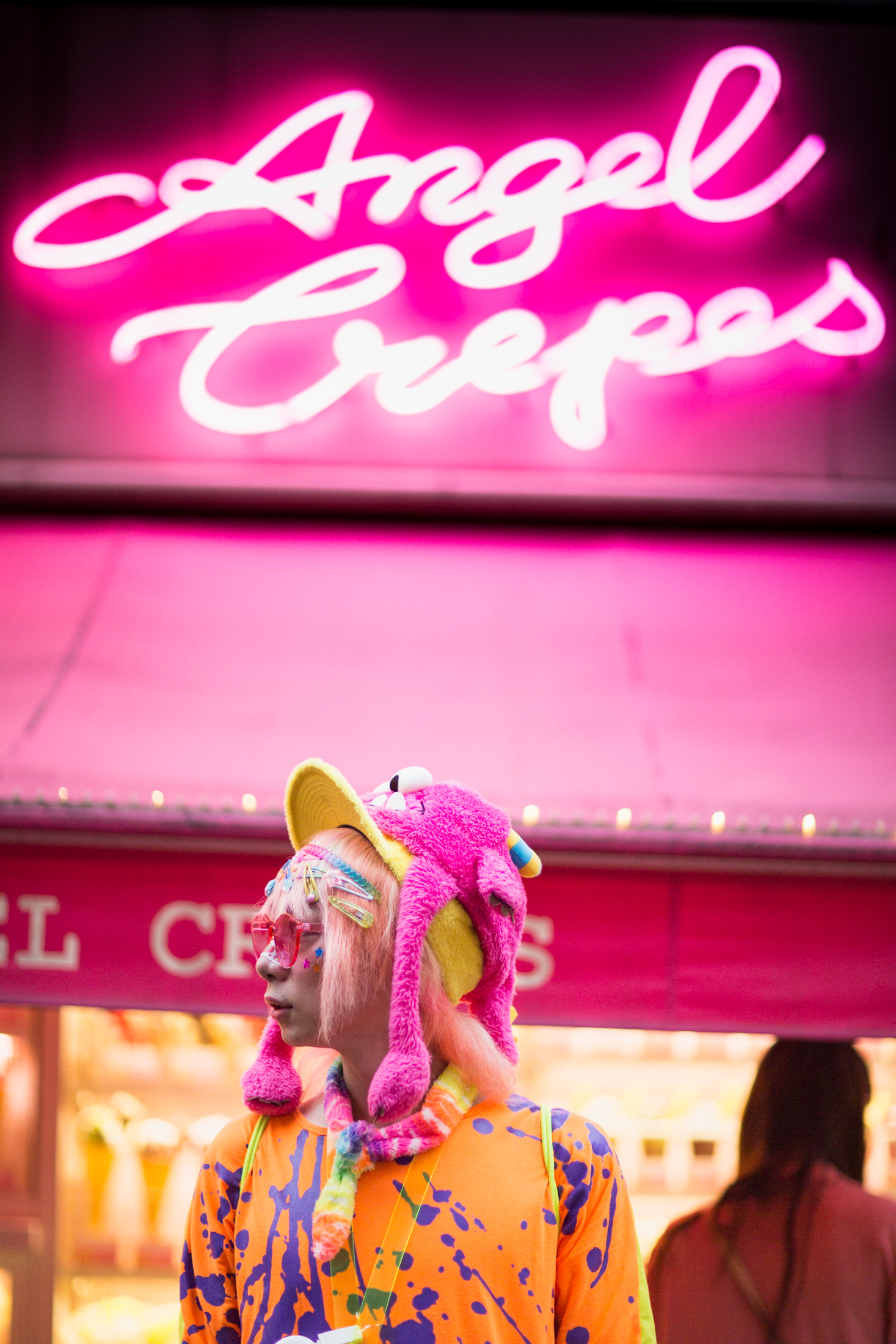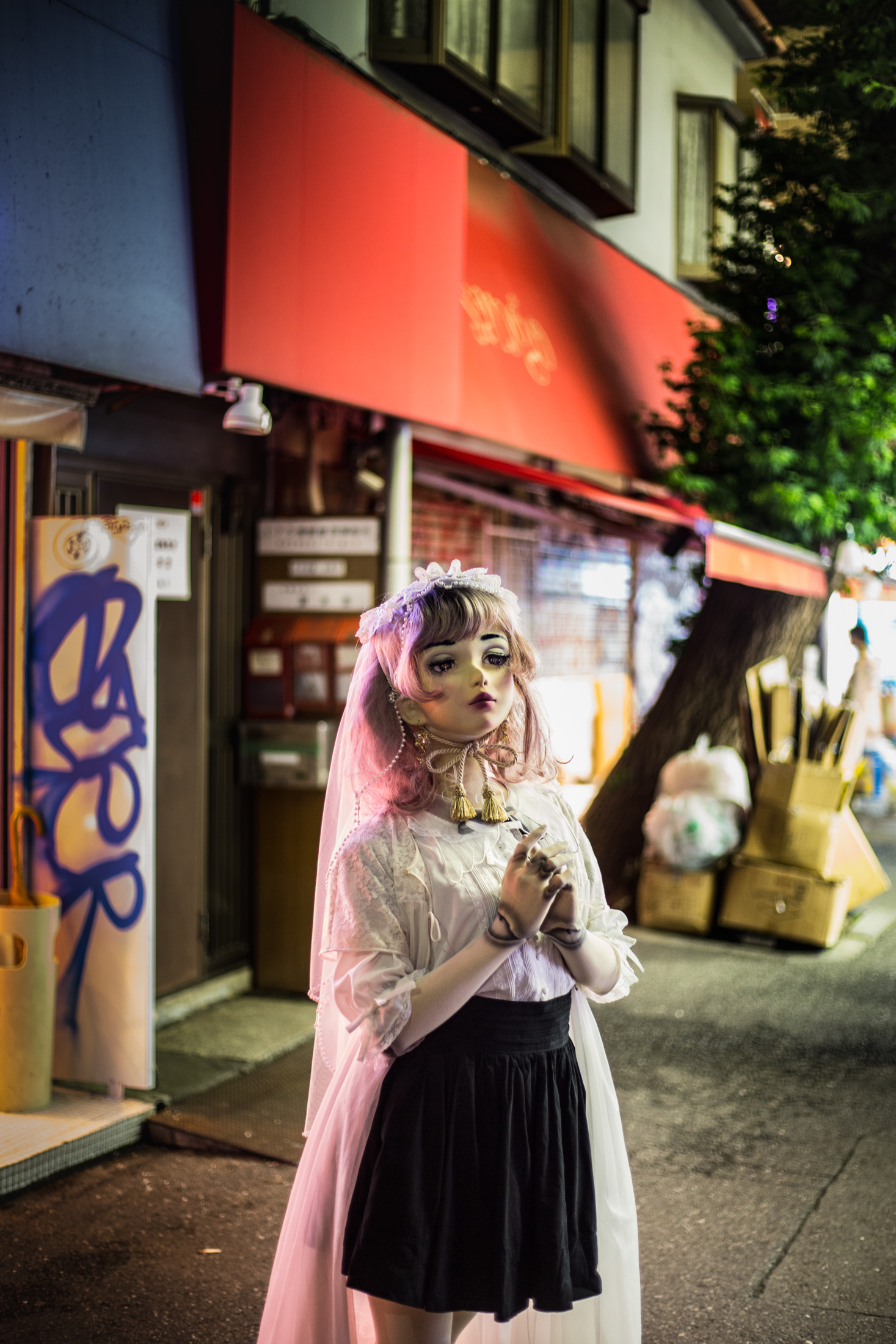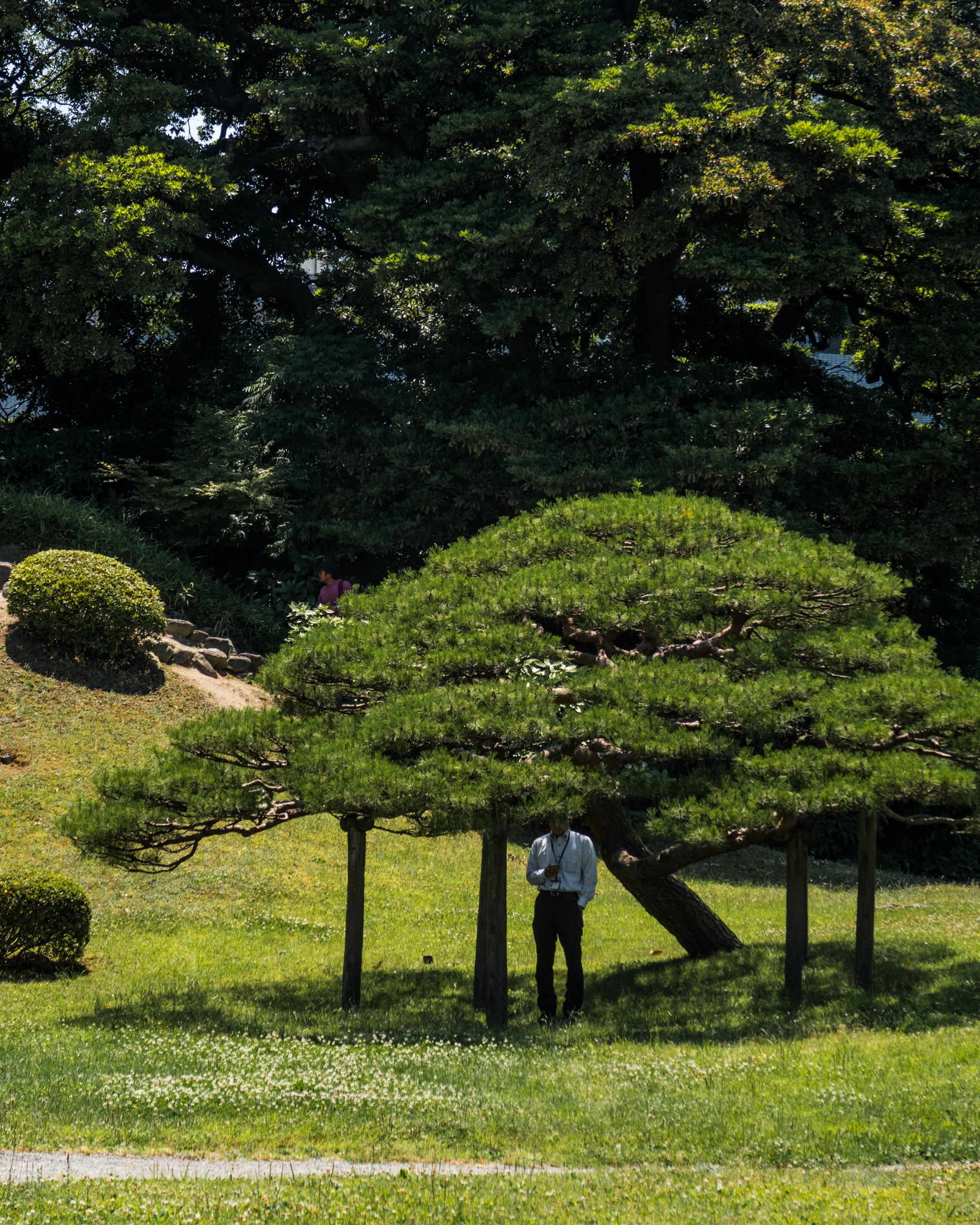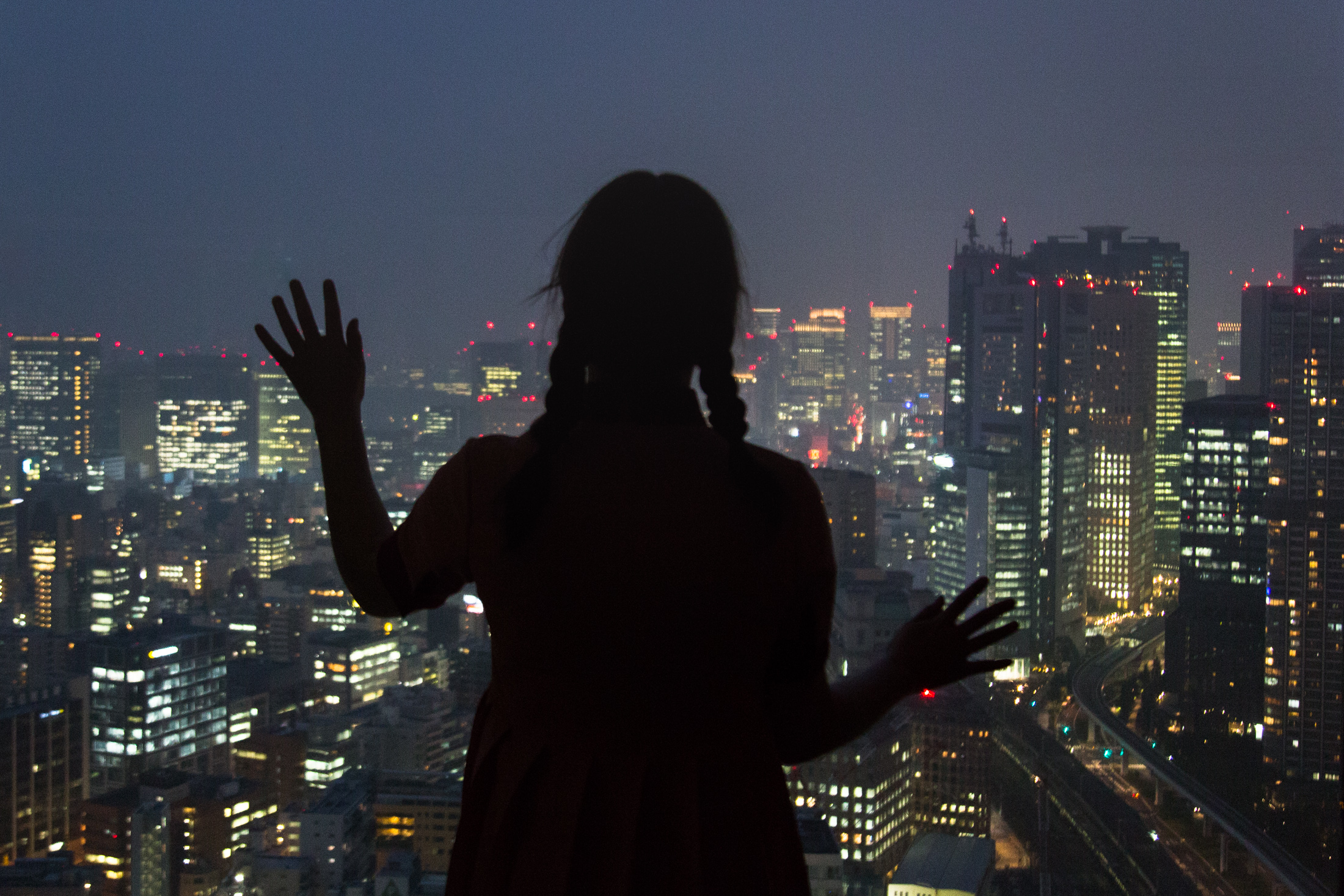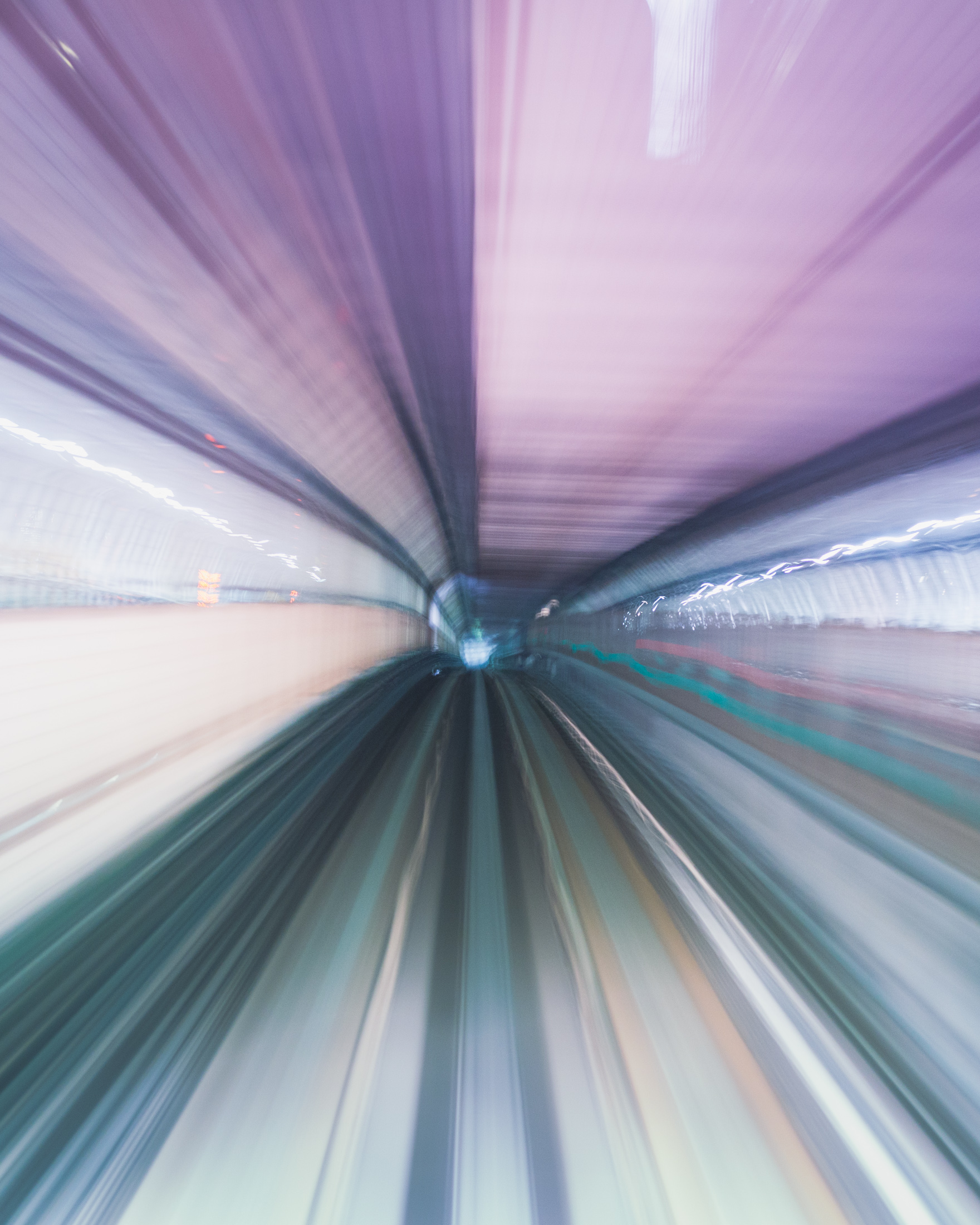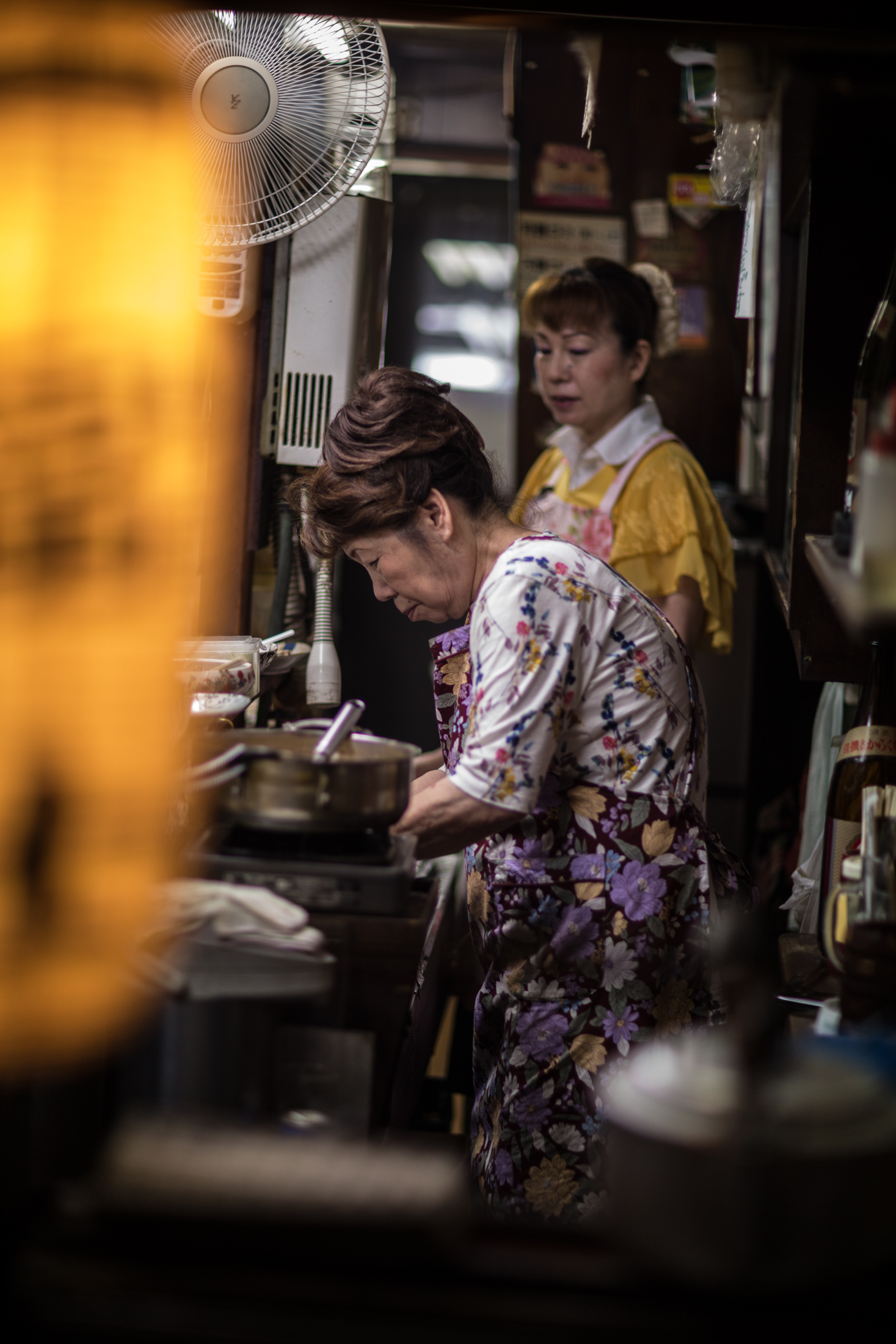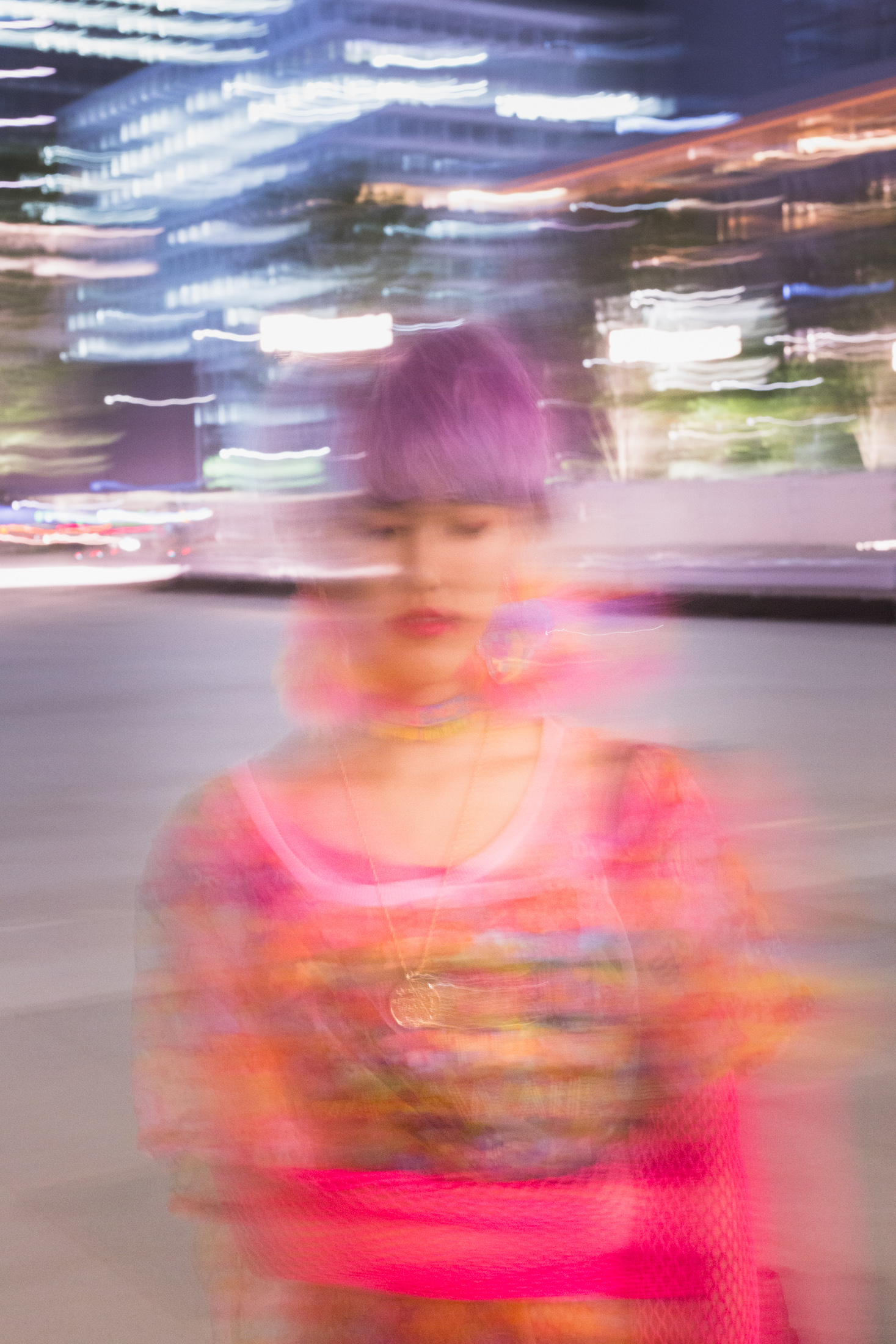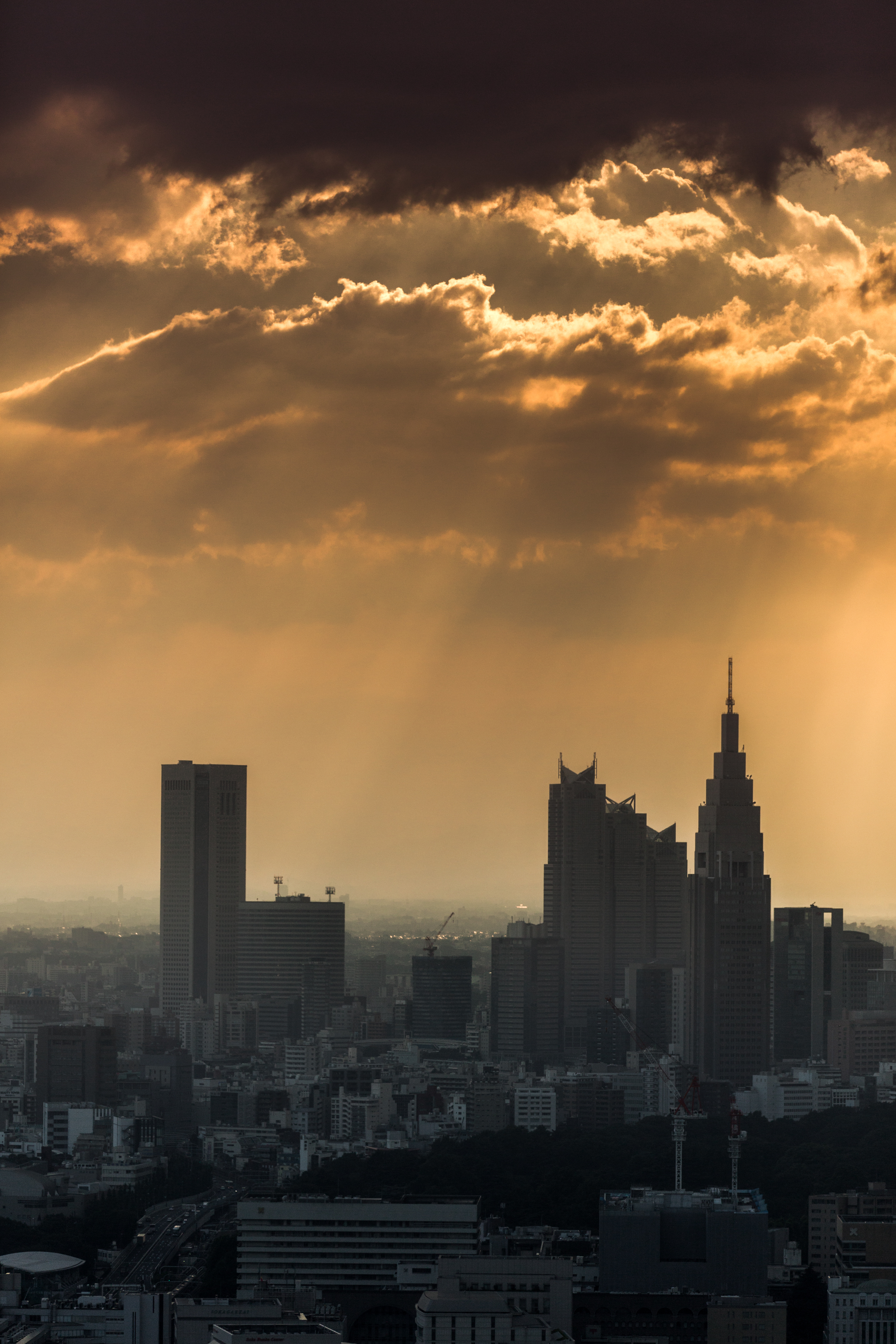7 days in Tokyo (Japanese impressions)
I’ve read so much about Japan – Murakami and Banana Yoshimoto were among my favorite writers for a long time, I was fascinated by Sei Shonagon’s Pillow Book since I was 17, read about geisha and weird Japanese fashion, ate sushi on Sundays... Yet my visit to Japan was everything and nothing like I imagined.
When I think about it, I don’t go to places with a drastically different culture that often. When I do, it is usually a cultural shock, but I am prepared. Japan was not a shock – because “shock” is a negative word, and I experienced nothing but pleasant emotions. It was more of a cultural “surprise”.
I even managed to shoot a video blog (honestly, the hardest job imaginable and not as fun as some might think) in order to share some of my experience first-hand. Check it out!
To sum up the video, I decided to write about Japan/Tokyo in a form of a list, commemorating famous Japanese court-lady of the 11th century and writer Sei Shonagon. These are my personal “first-time-in-Japan” observations in no particular order, so maybe I am not following some tendencies, but when you dive right into a new culture, some things scream to you louder than others:
POLITENESS and ORDER
People are generally very polite. Even those who look like they won’t be (like yakuza-looking teens in dark sideways)
Even though I was often the only Caucasian person, no one would ever stare at me or pay any attention. Generally staring at people is not appreciated
“Ordnung muss sein”. People queue at bus stops, metro platforms, convenience stores…No one is breaking the rules and everyone respects their neighbor
Money is usually given to you/taken from you with both hands and a bow. It is considered polite. Bowing generally is a sign of respect, but can look weird for Westerners, since in many situations it feels unnecessary
Showing your emotions in public is not appreciated. People usually laugh and have fun in bars and restaurants, but I rarely/never observed rage or anger outbreaks, or even screaming/disobedient children
Japanese service level is “God”. People will do everything to make a customer happy, even when you don’t expect them to. They bow, smile, welcome you, help you when you need it and leave you in peace when they notice you don’t look for assistance. I’ve asked for an aisle seat on my flight back and they didn’t have a free seat for me. I almost forgot about it, when 15 minutes later my name was called to the Gate. When I arrived, they handed me a new ticket with a bow and apologies – they found an aisle seat (and in business class)
Unlike in America, service is not tip-motivated, since there is no culture of tipping. Moreover, tipping is considered offensive
BIG CITY LIFE
Smoking outside is permitted only in designated areas, nevertheless most bars and izakayas (Japanese diners) allow smoking inside
no trash or garbage bins on the streets. You can walk literally for blocks and blocks and will not have a way to dispose of your empty Starbucks cup. The only places you can throw away an empty bottle are bins next to the vending machines, but even these bins are rare.
There are quite useless jobs, which keep people busy nevertheless – like a person, who stands near a construction sight and tells people to walk around the pit (even though a sign is present)
It is very very safe. There are places, which are kind of ghetto-ish but even there you won’t get in trouble. Level of crime is very low, unlike the suicide level
Flats are usually very tiny (20-25 square meter studio is a norm for a single person) and they are rarely shared with roommates. Kids live with their parents, sometimes into their 30s and later alone or with their spouse
You have to remove shoes in many public places, including museums and restaurants
Public onsens (bath houses) are always separated into female and male sections. Tattoos are not permitted. Since I have smaller tattoos on my forearms, I was offered a tape to cover them
FOOD and DRINKS
Tokyo is surprisingly cheap for a tourist. Prices in restaurants were equal to those in Berlin (which is one of the cheapest European capitals). A dinner for 2 with beer, sushi and soup was less than 25 Euros. A huge bowl of ramen/udon usually ranges between 5-8 Euros (also similar price to Berlin), while beer is usually a bit more expensive – around 4.5-5 Euros for half a liter
There are almost no overweight people. In 2 weeks in Japan I saw not a single woman (or man for that matter) over size M. Nevertheless, Japanese diet is high in carbs – rice and noodles are very popular, so is tempura (deep-fried everything)
Sushi are not an everyday meal and are only served in specialized restaurants
the right way to eat udon/ramen noodles is to slurp!
There are almost no outside terraces in restaurants and cafes, people prefer eating and drinking inside or even underground
Green tea is the most popular taste of ice cream
Most popular soft drink is cold green tea – with no additional sugar!
Starbucks and 7-Elevens are on every corner
GENDER ROLES and FAMILY
Men and women very often live separate lives, when it comes to everyday life and after-work activities. So-called “salary-men” usually go to bars and restaurants after work separately from women (the society is still quite traditional when it comes to working women. Japanese have clear gender roles with man being an overworked breadwinner and a woman – a full-time mother and housewife. That changes slowly)
Most people – both men and women–are willing to get married. Marriage is seen as a sign of adulthood. Moreover, Japan has one of the lowest levels in the world for single parents – only about 2-3% of children are born outside of marriage
Generally, I saw a very small number of children and/or pregnant women
International marriages and relationships are not welcome. Japan is still a very closed and homogeneous society, which appreciate but don’t welcome foreigners. I talked to many Japanese, as well as foreigners who live in Japan – and they all confirmed this unfortunate fact. Mixed kids (“hafu”) have it the hardest.
PHYSICAL APPEARANCE and HYGIENE
Personal hygiene is very important. Washlets – toilets with pre-installed bidet and heated seats are installed almost in all bathrooms, including public. Unlike Berlin, shabby chic is not appreciated. Everyone wears clean and ironed clothing, polished shoes, neat hairstyles. I rarely saw anyone looking grungy or unclean.
Japanese age really really well. Seriously. Give me those genes. I saw very few elderly with grey hair. And those I’ve seen were way over 120 (kidding). Mostly remain dark haired far into their 60s. Also I’ve noticed that most people had very clear unblemished skin, even the teenagers.
People are shorter than in Europe – fact. My boyfriend who has an average, for Germany, height (184 cm), was at most times the tallest person in the room/subway car/restaurant/street. As a woman I felt taller than most women as well (I am 174 cm).
FASHION
Japanese fashion is very simple. I rarely saw hipsters, but majority of people on the streets were dressed in a simple, yet elegant manner. Silk, linen, bloc-colors and flowy textures are key elements of the Japanese everyday fashion. I haven’t seen a single person wearing jeans
Fashion freaks we usually see on pictures are very rare. I’ve met with couple of people from the Harajuku fashion scene and they confirmed that the scene is basically same 100 people running up and down Harajuku streets
Most clothing we call “kimonos” are in fact yukatas (summer robes made out of cotton or polyester) or “haoris” - short or longish jackets, which are worn unclosed and without a belt. Price for a decent vintage haori/yukata goes from 500 to 5000 yen – which is 4.5 – 40 euros only
Most people in kimonos are not Japanese, but tourists who like to play dress-up
INTERESTING RANDOM OBSERVATIONS
People almost don’t speak English or other foreign languages. Learning how hard it is to learn writing just in Japanese, I understand why
Japanese kids learn how to write for whole 6 years (it’s the time needed to perfect kanji – the traditional Chinese characters, which Japanese adopted for their use). Japanese writing is usually a combination of complicated kanji (where a symbol can mean the whole sentence or a word), simplified hiragana (syllables) and sometimes katakana – used to write foreign words. There are many ways to write the same sentence or even word – all depending on the author’s preference and the level of formality. See my vlog for Rika’s explanation of the different symbol usage
Japanese tend to overpack everything. A single egg wrapped in plastic and then put in a cardboard, or an apple, sliced and put in 3 different plastic bags inside of another plastic bag – is a usual thing
Phones, manufactured for Japanese markets don’t have shutter silent mode function. This is done to eliminate perverts, discretely photographing female underwear in public transportation
Japanese have the most magazines published per-capita in the world
For buying electronics I’d recommend going to Akihabara but the prices for electronics are surprisingly high
Despite not knowing English, people will still talk to you non-stop, even when you show clear signs of being a Japanese language dum-dum
Japanese TV programs are surprisingly poorly made. I have no further elaboration on the topic, since I obviously don’t speak the language
MY RECOMMENDATIONS:
HOTEL: Upon my arrival to Tokyo I stayed in Prince Gallery Hotel Kioicho and it was a Lost in Translation experience. Extraordinary service and the best view over the city.
If you are looking for a budget version, I'd look into Airbnb close to public transportation but further from the crowded and noisy parts like Shibuya, Akihabara or Shinjuku Train Station. I've stayedand it was a very pleasant experience.
COFFEE: Best coffee I've tried as well as a nice design was in Counterpart Coffee Gallery
BEST FOOD: I literally cannot recommend a restaurant, since almost everything I ate was delicious. I recommend just stroll the Memory Lane (Omoide Yokocho) in Shinjuku and pick an izakaya
PHOTOGRAPHY TIPS: for that ultimate street-crossing view skip Shibuya ""scramble crossing" and go to Tokyu Plaza Ginza rooftop. Also try to do a long-exposure shot of the JR train rails going across the rainbow bridge. For that go to Shimbashi Station and take the Yurikamome automated train.

